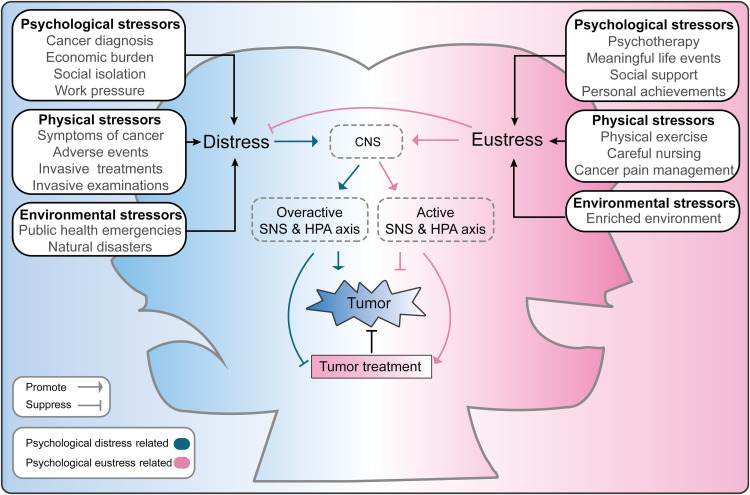Fig. 4. Schematic diagram of the effects of psychological distress and eustress on tumors.
The boxes on either side of the image show examples of psychological, physical, and environmental stressors that can induce psychological distress or eustress. Distress can overactivate the central nervous system (CNS) and thus promote release of large amounts of stress-related neurotransmitters or hormones through the activated SNS and HPA axes. In these ways, psychological distress not only promotes tumorigenesis, tumor growth, and metastasis but also suppresses the efficacy of tumor treatments. Positive stressors can induce eustress and may reduce distress. In addition, positive stressors can activate the neuroendocrine system at a moderate range to suppress tumor progression and enhance the effects of tumor treatments.

